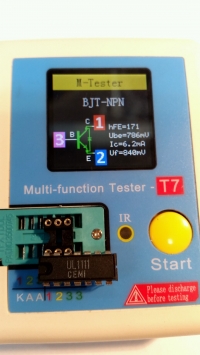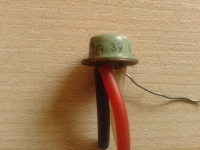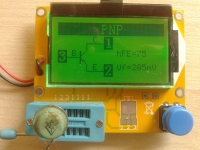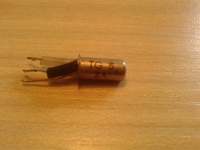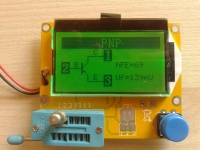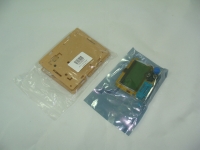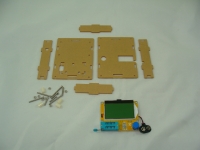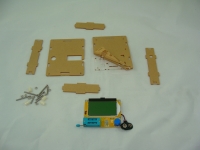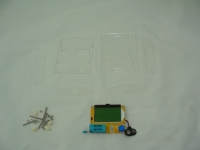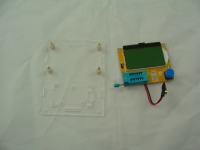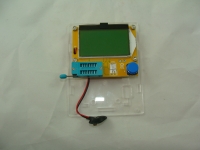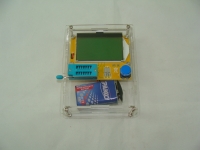Stanley_P wrote: This type of testers are intended only for measurements of discrete elements
brofran wrote: Therefore, combinations of diode + diode, diode + resistor, ..... etc. will not give correct results.
I meant that they are not suitable for diagnosing elements containing integrated structures - someone previously asked for logic gates (and I saw the testing of, for example, operational amplifiers through the eyes of the imagination, I do not know, maybe some processors?

). In general, I have the impression that some of my colleagues have too high requirements for this type of device. I think everyone knows that there are no good universal adhesives

I believe - as I said in one of the first posts - that testers can really do a lot anyway, and if I had such a miracle 30 years ago, when I was actively involved in electronics (in the sense of designing something myself), I would probably be happy ceiling. But the times were different then, electronics too, not to mention the availability of parts. Does anyone, for example, remember to buy probably in the Scout Storage, sets of transistors, eg a'la BC107 / 177, without markings, so-called defective, probably discards from production? A few or a dozen in a one-two bag were usually completely damaged, the rest was suitable for amateur constructions. The tester would be ideal for "sifting" such elements, or numerous "from the demobil" at that time. Because now my practical contact with electronics mainly consists of repairs of certain equipment, replacement of elements only for new ones, after a few weeks of having the tester, I found the usefulness in two, maybe three cases: 1. checking
new element (eg transistor, capacitor)
in front of its installation. Rarely because rarely, but it happened that the "thread tentacle" straight from the factory packaging was damaged, which, that I write so, introduced additional confusion and extended the repair process. 2. ESR measurement in electrolytes, although usually if the capacitor is already considered "suspect" and dismounted, it is replaced with a new one (i.e. p.1) 3. still sometimes a bit of fun, which is nice, showing friends familiar to the topic

But less and less. Greetings. PS Regarding germanium elements - it was already in earlier posts. Measures, It just measures.



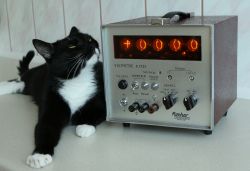
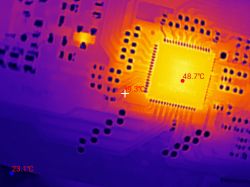
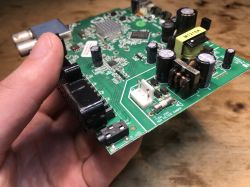

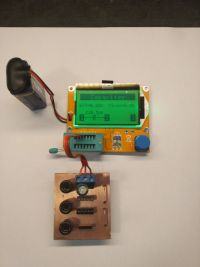
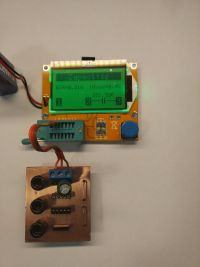
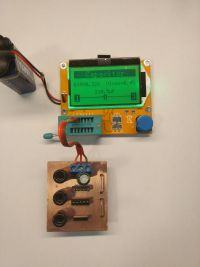
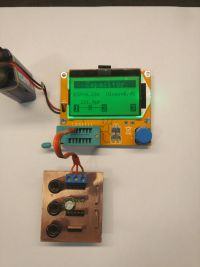
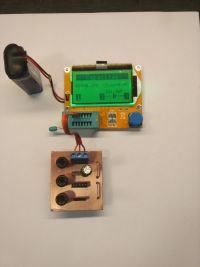
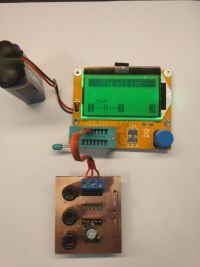
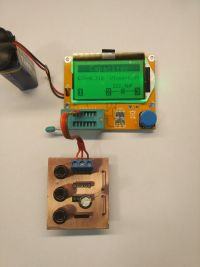
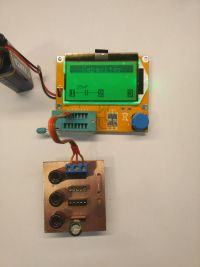
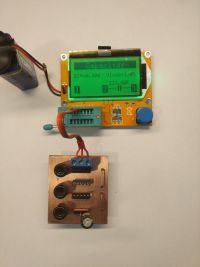
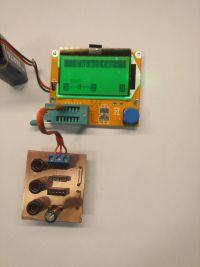
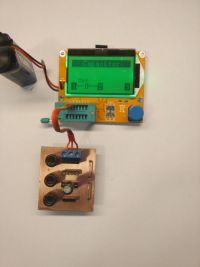
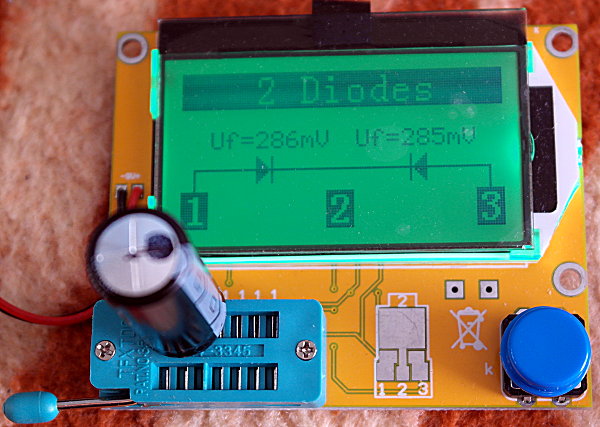 UL1111 - measurement of one of the differential pair
UL1111 - measurement of one of the differential pair 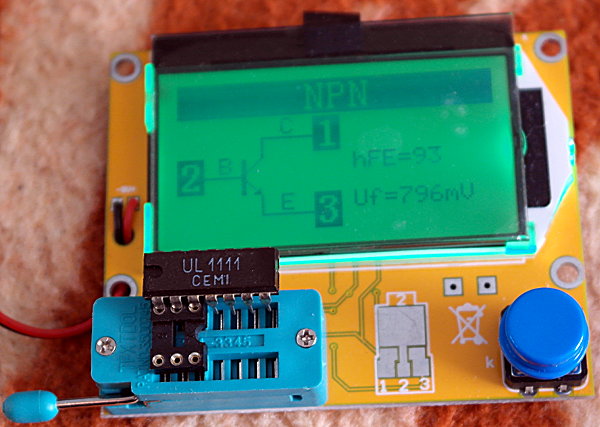 and gates, as I understand from the series, e.g., 7400, require power so this meter will not work.
and gates, as I understand from the series, e.g., 7400, require power so this meter will not work.
